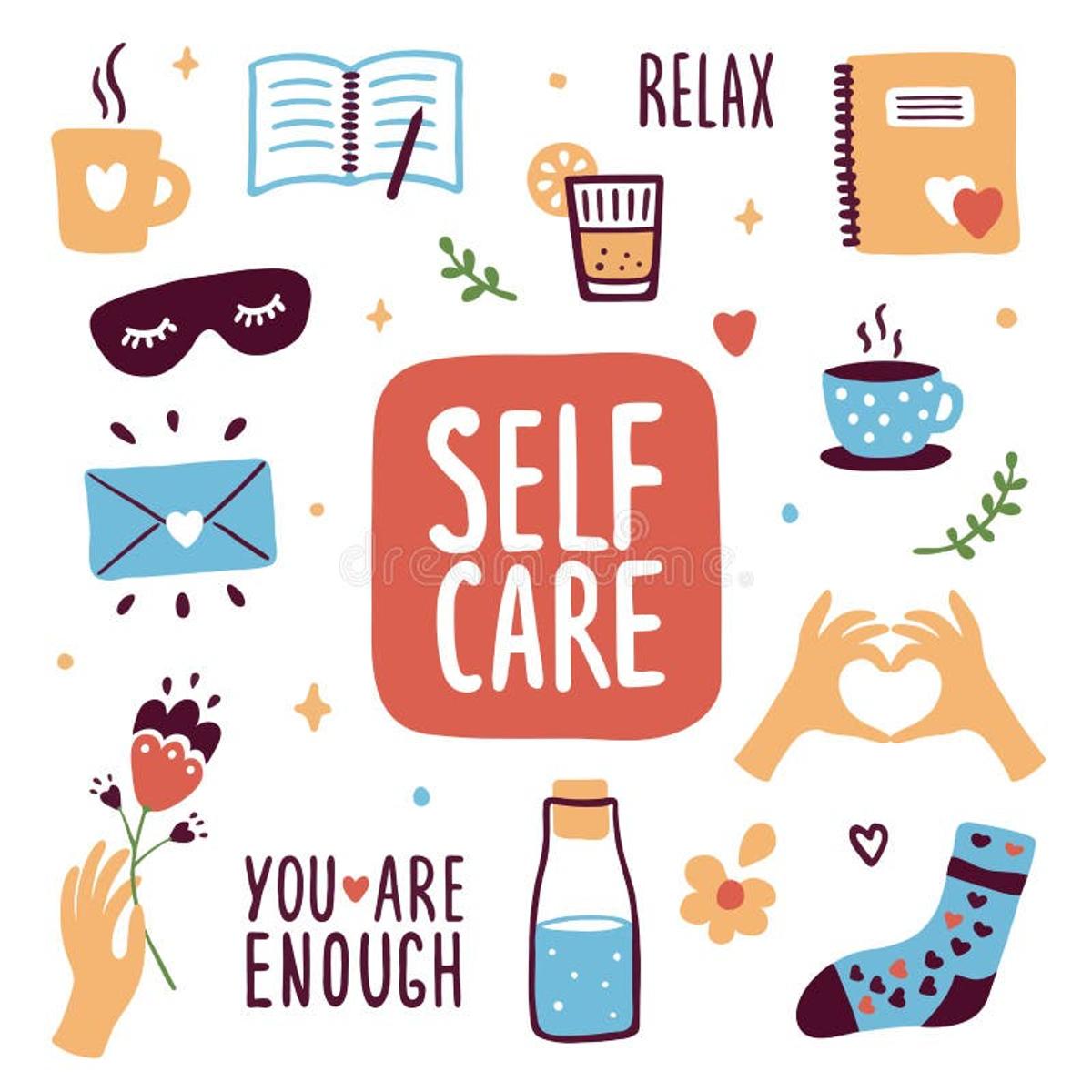Wellbeing

Encouraging Positive Growth
As parents, we all want the best for our children, and one of the most important ways we can show our love is by setting smart limits. Clear boundaries help kids understand and manage a world that often feels overwhelming. Here are some practical tips to help your child grow confidently while keeping things in balance:
1. Set Boundaries with Love Children thrive when they know what to expect. By setting clear boundaries, you're giving them a safe space to explore, learn, and discover their passions. Limits show that you care and help your child feel secure as they navigate new experiences.
2. Encourage Independence As your child grows, encourage them to take on age-appropriate responsibilities. Let them clear their own plate, dress themselves, or tidy their toys. These small tasks boost their confidence and build self-esteem. Plus, a little independence goes a long way in helping them (and you!) feel more in control.
3. Let Them Solve Problems It’s tempting to jump in and fix things when your child is frustrated, but sometimes it’s better to step back. Giving your child the chance to work through minor challenges on their own teaches valuable lessons in self-reliance and resilience. These moments help them build confidence in their ability to handle life’s ups and downs.
4. Discipline is Teaching, Not Punishment Discipline is not about punishment—it's about guidance. Setting limits helps children understand how to behave in the world and grow into kind, competent, and responsible individuals. When you enforce rules, remember that you're teaching them lifelong skills.
5. Choose Your Battles Not every behaviour needs a hard rule. Instead of arguing over things like clothes or occasional silly language, focus on what really matters: kindness, honesty, and respect. Prioritizing important values ensures that your child listens and learns without feeling overwhelmed.
By setting smart limits, you're helping your child build a foundation for success, resilience, and independence—all while strengthening the bond you share.
Adapted from Barrie Gillies Set Smart Limits in Parents August 14,2024
Embracing Self-Care
As we approach another break, it is an ideal time to relax and rejuvenate. This period offers a valuable opportunity to disconnect from the stresses and negative influences in our lives while reconnecting with ourselves, our loved ones, and the activities that truly bring us joy.
Different Types of Self-Care:
a) Physical Self-Care
"Exercise is a tangible instance where you can observe the payoff of your perseverance towards a goal," says clinical psychologist Sabrina Romanoff, PsyD. Ensuring that we get enough sleep, maintain a balanced diet, and engage in regular exercise is fundamental to our well-being. By the end of the day, we should aim to feel relaxed and at ease. If you notice areas of tension or stress, it is a sign that your body needs attention and care.
b) Social Self-Care
Spending quality time with family and friends is a crucial aspect of self-care. Although our social capacities vary, dedicating time to nurture these relationships is essential. Face-to-face interactions with loved ones can significantly enhance our emotional health and help us feel more connected and supported.
c) Mental Self-Care
Our mental well-being is influenced by how we manage our thoughts and emotions. Engaging in activities that uplift us—such as reading inspiring books, watching motivational movies, or listening to soothing music—can be beneficial. Practicing self-compassion and fostering a positive mindset are key components of mental self-care.
d) Spiritual Self-Care
Incorporating spirituality or religious practices into your routine can lead to a more fulfilling and balanced life. Whether it's attending religious services, engaging in prayer, or practicing meditation, these activities can help you stay grounded in the present moment and deepen your understanding of yourself and others.
e) Emotional Self-Care
Managing our emotions is a vital part of self-care. Journaling, tracking your feelings, or talking about your emotions with a trusted person can be effective strategies. Allocating time for leisure activities or going for a walk can also help you process and manage your emotions more effectively.
Creating Your Self-Care Plan
The ways to engage in self-care are diverse and personal. To develop a plan that works for you, start by assessing your individual needs and stressors. Develop strategies that align with your preferences and schedule regular time for these activities. Prioritize your well-being during this break and embrace self-care as a way to enhance your overall quality of life.
This break, take the time to invest in yourself. Prioritize self-care, reconnect with what matters most, and come back feeling refreshed and rejuvenated.
References-
https://www.verywellmind.com/tips-to-reduce-stress-3145195
https://www.verywellmind.com/how-spirituality-can-benefit-mental-and-physical-health-3144807
School Counsellor
Half Full, Half Empty
The “Half Full, Half Empty” glass theory is a classic example of how perspective shapes our interpretation of the world. It boils down to whether we focus on what we have or what we lack, and whether we choose to see the positive or the negative aspects of a situation.
Optimists view the glass as "half full," choosing to focus on the positive aspects and finding hope even in uncertain or challenging circumstances. They see opportunities and potential, rather than deficiencies or limitations.
Pessimists, on the other hand, might see the glass as "half empty," focusing on what’s missing or what could go wrong. This perspective can lead to a more cautious or negative outlook, as they may emphasize the gaps rather than the gains.
If you choose to view the glass as half full, you are adopting a mindset that embraces possibility and appreciates what is present. This perspective can foster resilience and optimism, helping you navigate challenges with a more positive attitude.
If you see it as half empty, you might be focusing on what’s lacking or what could be improved. This perspective can be useful for identifying areas for growth and improvement, but it’s important to balance it with an awareness of the positives to avoid becoming overly negative.
The "half full" perspective can be more beneficial for maintaining a positive outlook and staying motivated, while the "half empty" view can be valuable for critical thinking. By recognizing the strengths of both perspectives, you can leverage them to address various aspects of your life effectively. Balancing these viewpoints allows for a more nuanced approach, helping you to navigate both opportunities and challenges with a well-rounded perspective.
Ultimately, the way you perceive the glass can influence your overall outlook and approach to life. The choice is yours—whether to embrace the optimism of the half-full glass or to critically assess what’s missing in the half-empty one.
So, what do you see now?
School Counsellor



